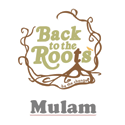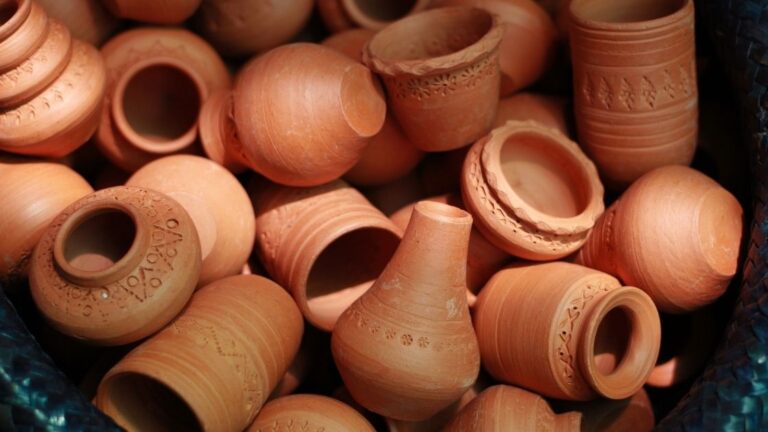Earthenware
Earthenware is a type of ceramic pottery that has been produced for thousands of years and is known for its porous and relatively low-fired clay body. It is one of the earliest forms of pottery made by humans. Here are some key characteristics and information about earthenware:
- Clay Composition: Earthenware is made from clay that is rich in iron, which gives it its distinctive reddish or orange color. The clay used in earthenware is typically less refined than the clay used in other types of ceramics, such as porcelain or stoneware.
- Firing Temperature: Earthenware is fired at relatively low temperatures, usually between 1,800 and 2,200 degrees Fahrenheit (1,000 to 1,200 degrees Celsius). This lower firing temperature makes it more porous and less vitrified compared to other types of ceramics.
- Porosity: Earthenware is known for its porosity, which means it is not watertight unless it is glazed. Because of its porous nature, it has been traditionally used for making functional items like pots, dishes, and tiles, which can be glazed to make them impermeable.
- Glazing: To make earthenware vessels suitable for holding liquids and food, they are typically covered with a glaze. The glaze is a glassy, protective coating that is applied to the surface of the pottery before a second firing. Glazing both enhances the appearance of the pottery and makes it watertight.
- Uses: Earthenware has a wide range of uses, including creating pottery for cooking, serving food, and decorative items. It is often used for items like flower pots, terracotta tiles, and decorative figurines. Earthenware is also commonly used in many traditional and folk art ceramics from various cultures.
- Historical Significance: Earthenware has a rich history and has been produced by different cultures throughout the world for thousands of years. It has been used for both utilitarian and artistic purposes.
- Variations: There are different types of earthenware, with variations in clay composition, firing techniques, and decorative styles depending on the region and culture. For example, terracotta is a specific type of earthenware known for its reddish-brown color and is often associated with ancient Mediterranean and Mesoamerican civilizations.
- Artistic Expression: Many artists and potters choose to work with earthenware because of its rich history, the warmth of its colors, and the ability to create unique, handcrafted pieces that showcase the natural qualities of the clay.
In summary, earthenware is a type of ceramic pottery known for its porous, low-fired clay body, often used for both functional and decorative items. It has a long history and is valued for its unique aesthetic and cultural significance.
ContReent Specific Keywords: #interiordesign#stoneware#porcelain#keramik#contemporaryceramics#handmadeceramics#tableware#ceramique#artist#ceramicartist#handmadepottery#craft#ceramicstudio#Earthenware#MudFridge#MitticoolFridge#EarthenJars#EarthenPlates#EarthenCups#EarthenTawa#EarthenHandi#EarthenFlowerpots#EarthenPots#EarthenFridge#EarthenKadai.


